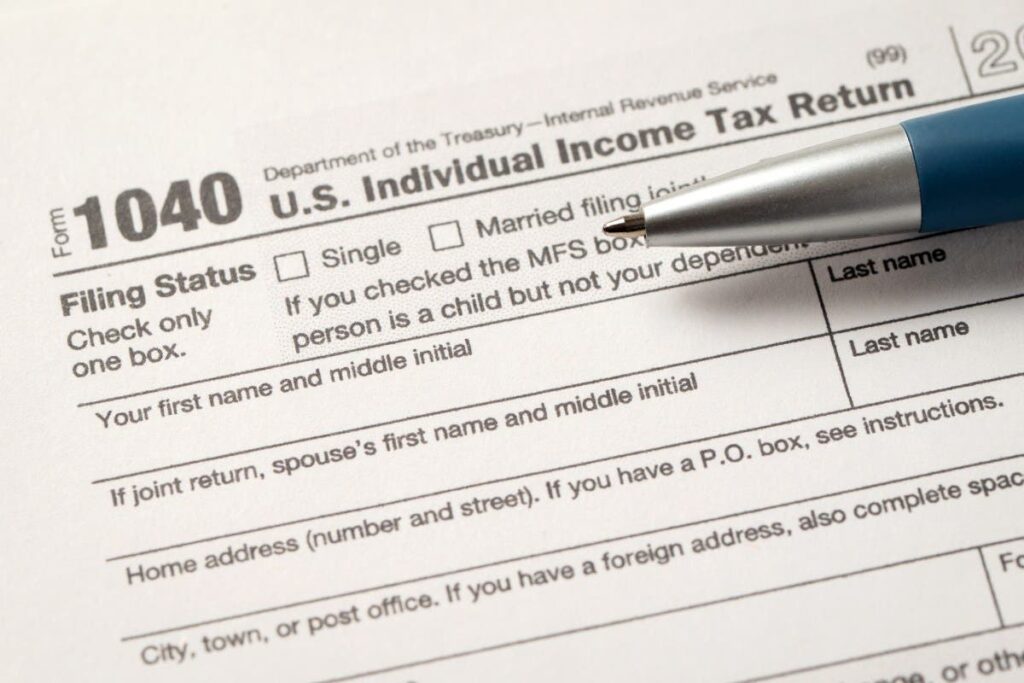Millions of Americans are set to see changes to how much they can deduct, save and claim on their taxes, as the IRS has released its inflation-adjusted tax thresholds for 2026.
Why It Matters
The updates affect more than 60 tax provisions and are expected to apply to virtually all returns filed in 2027 for the 2026 tax year.
Standard Deductions
One of the biggest shifts affects the standard deduction. For the 2026 tax year, married couples filing jointly would see their deduction rise to $32,200. Single filers and married individuals filing separately could claim $16,100, while heads of household would be able to deduct $24,150.
These increases follow earlier adjustments under the One Big Beautiful Bill Act, which passed earlier this year and set the 2025 standard deduction at $31,500 for joint filers, $15,750 for single filers and $23,625 for heads of household.
Tax Brackets Adjusted, Top Rate Remains the Same
The top marginal tax rate of 37 percent is unchanged, but the income thresholds shift upward. In 2026, that top rate applies to single taxpayers earning more than $640,600 and married couples filing jointly earning above $768,700.
These are the full rates:
- 35 percent for incomes over $256,225 ($512,450 for married couples filing jointly);
- 32 percent for incomes over $201,775 ($403,550 for married couples filing jointly);
- 24 percent for incomes over $105,700 ($211,400 for married couples filing jointly);
- 22 percent for incomes over $50,400 ($100,800 for married couples filing jointly);
- 12 percent for incomes over $12,400 ($24,800 for married couples filing jointly).
The lowest rate is 10 percent for incomes of single individuals of $12,400 or less ($24,800 for married couples filing jointly).
Estate, Adoption and Child Care Benefits Expanded
Estate planning also sees a significant change, with the federal estate tax exclusion climbing to $15 million for those who die in 2026, up from $13,990,000 the year before. Families adopting children would be able to claim up to $17,670 in qualified adoption expenses, with $5,120 of that potentially refundable.
Employers would also feel the effects of the changes. The employer-provided child care tax credit increases sharply—from a previous cap of $150,000 to $500,000, or $600,000 for eligible small businesses. The IRS noted this as a major enhancement under the One Big Beautiful Bill Act.
Credits and Benefits Rise With Inflation
Tax relief for low- and moderate-income workers would also increase. For families with three or more qualifying children, the Earned Income Tax Credit rises to a maximum of $8,231. Transportation benefits are getting a bump, too, with the monthly cap for qualified transit and parking benefits increasing to $340.
Health care-related accounts would see modest increases—with the maximum contribution to a health flexible spending account rising to $3,400, and the allowed carryover amount moving to $680. Medical savings accounts also see higher deductible and out-of-pocket limits for both individual and family coverage.
The foreign earned income exclusion, used by Americans working abroad, increases to $132,900. The annual gift tax exclusion stays at $19,000, but the limit for gifts to a noncitizen spouse increases to $194,000.
What Doesn’t Change
Not everything adjusts with inflation. Personal exemptions remain at zero—a change made permanent under the One Big Beautiful Bill Act. The suspension of the itemized deduction limitation also remains, though a cap still applies to high earners in the top bracket.
The Lifetime Learning Credit phaseout range remains locked at a modified adjusted gross income of $80,000 to $90,000 for single filers and $160,000 to $180,000 for joint filers.
Read the full article here














